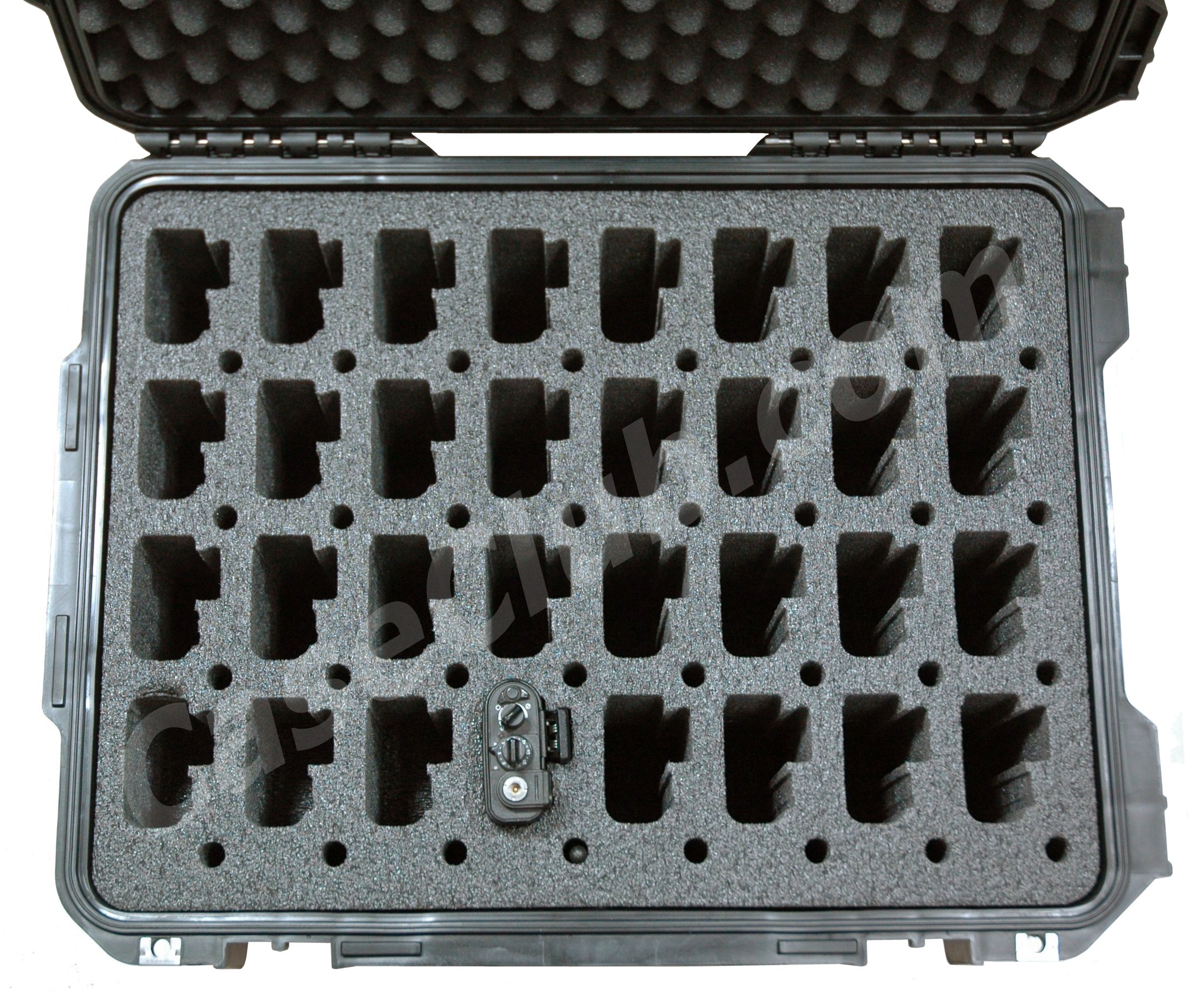

Model III was basically a model II with a full DTMF keypad. It came with 6 softkey buttons to access an advanced menu. Model II has 16 channels in 16 zones and a 14 character alphanumeric backlight display. This makes some Astro Saber Narrow Band compliant.

The Astro Saber is feature packed Not only is it capable of IMBE Digital and conventional analog on a per channel basis, but also some models are 12.5/25 kHz per channel as well. The Astro Saber was introduced in the mid 1990s and was a technologically advanced and state of the art at the time. The Systems Saber also increased the number of channels per zone to sixteen and added the ability to reprogram the function of many of the controls. The Systems Saber added analog trunking operation, direct access to functions via the keypad (on the Systems Saber III), and increased channel capacity to a then-unheard of 255 conventional channels. The Model III was basically a Model II with a full DTMF keypad. Charge your Motorola Saber Astro III two-way radio battery more effectively by upgrading to a single bay drop-in rapid desk charger. It came with 3 softkeys to access menu options. It has a backlight display which was capable of 5 alphanumeric characters if you have the 120 channel 2 KB version or the basic zone/channel display for the 48 channel version. The Model II is either capable of 4 or 10 zones, for a total of 48 or 120 channels. The IE was a Model I with an additional zone of 12 channels, 24 in all. The Model I has 12 channels in 1 zone, and no display or keypad. The Saber came in 4 different flavors I, II, III, and IE. It requires an external 9VDC battery (not supplied), which should be connected to the DC lead fitted to the DB9 plug. The internal converter circuit board mounted in the DB9 plug. The conventional Sabers were capable of PL/DPL and were encryption capable. This programming cable is designed for quick and easy programming of Motorola Astro Digital Saber III handheld transceiver.

The first Saber line was Conventional operation only.


 0 kommentar(er)
0 kommentar(er)
